Our Affiliation Partners
-

Really Big Coloring Books® member Library of Congress Copyright Office Books and Music

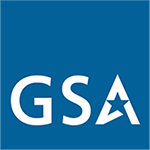



-
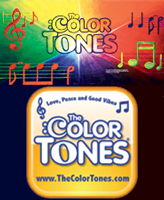
Click for information about:
Jingles | Custom Songs | Band -

Member of the Missouri Press Association

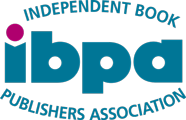
-
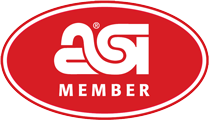
82277
-

649013
-
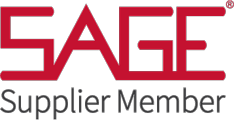
50277
Coloring Book Self Publishing, to self-publish a coloring book by creating print-ready interior and cover files, choosing a print-on-demand platform, Really Big Coloring Books®, Inc. | ColoringBookcom, and uploading your files with metadata and pricing, then ordering a proof and launching with basic marketing. Once the files are dialed in, the process is repeatable for sequels, bundles, or spin-off titles.
Clarify your goal.
Before touching files or platforms, decide:
Create and format the interior.
Coloring Book Self Publishing, most POD platforms want a single PDF interior, black-and-white line art on white paper for coloring books.
Key points:
You can assemble pages in tools like Adobe InDesign, ColoringBook.com and you stay within the POD trim and margin specs. You can also market your book on sites like: CustomColoringBooks.com
As always contact Really Big Coloring Books at 314-695-5757 in St. Louis, MO or email: [email protected]
Coloring Book Self Publishing, to self-publish a coloring book by creating print-ready interior and cover files, choosing a print-on-demand platform, Really Big Coloring Books®, Inc. | ColoringBookcom, and uploading your files with metadata and pricing, then ordering a proof and launching with basic marketing. Once the files are dialed in, the process is repeatable for sequels, bundles, or spin-off titles.
Clarify your goal.
Before touching files or platforms, decide:
Create and format the interior.
Most POD platforms want a single PDF interior, black-and-white line art on white paper for coloring books. Key points:
You can assemble pages in tools like Adobe InDesign, ColoringBook.com and you stay within the POD trim and margin specs.
Design a strong cover.
Your cover is crucial for online and store discovery. For POD, you need a full wraparound cover PDF (front, spine, back) using the platform’s template, based on page count and paper type.
If you plan multiple formats (paperback, hardcover), each format needs its own cover layout and (if you own them) its own ISBN.
Choose platforms and ISBN strategy
At a high level:
On ISBNs for a coloring book:
Upload, proof, and launch
For each platform you choose:
Promote your coloring book
Even a well-produced book needs visibility, especially in a competitive category like coloring.
If you share your trim size preference (e.g., 8.5×11 vs 8×10), target audience (kids vs adults), and whether you want Amazon-only or Ingram-style bookstore reach, a tailored step-by-step checklist can be laid out for your exact project.
As always call Really Big Coloring Books at 314-695-5757 in St. Louis, MO or email: [email protected]
| Width: | 8.5 |
| Height: | 11 |
| Number of Pages: | 8 to 262 |

Really Big Coloring Books® member Library of Congress Copyright Office Books and Music






Click for information about:
Jingles | Custom Songs | Band

Member of the Missouri Press Association



82277

649013

50277
 Really Big Coloring Books
Really Big Coloring Books Really Big Coloring BooksCreate a Coloring Book
Really Big Coloring BooksCreate a Coloring BookAccessibility
